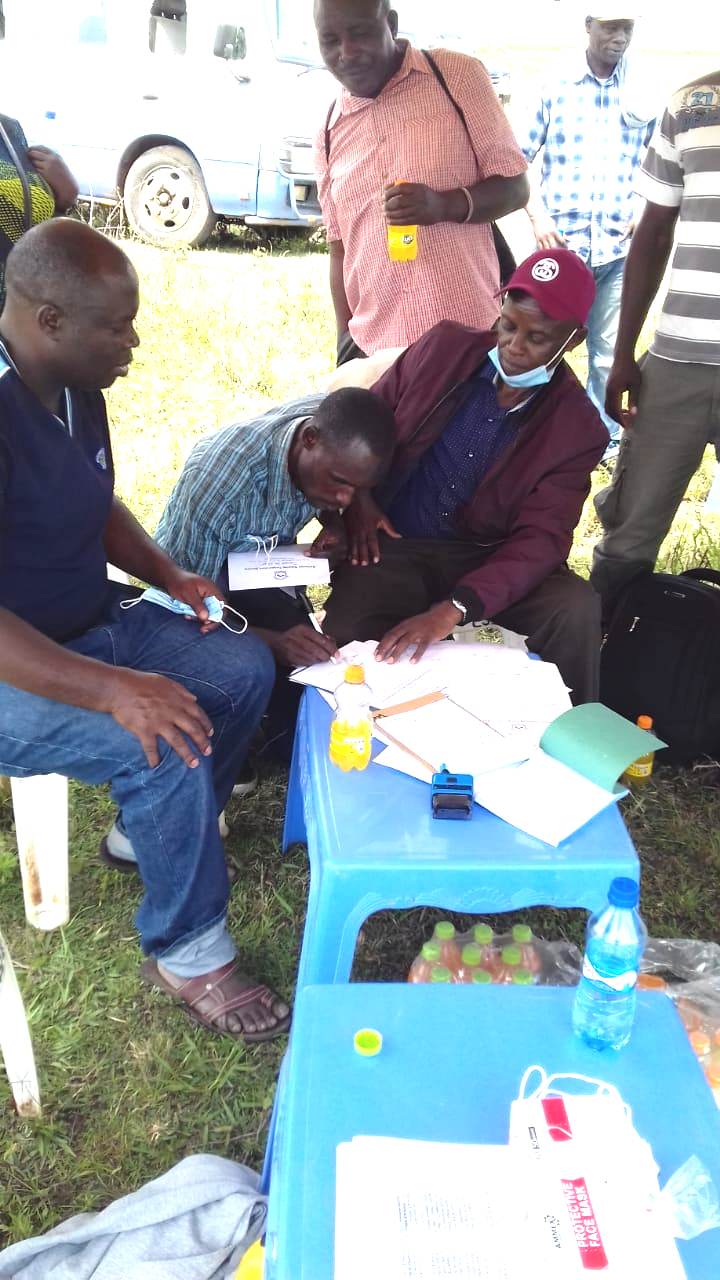By Sammy Chivanga
The number of dormant members in the Savings and Credit Cooperative Societies (Sacco) has risen by 79.55 percent to 1.37 million on increased job cuts and delayed salaries from struggling entities.
The increase in dormant membership is the fastest in recent years and came on the back of economic fallout that hit Kenya after Covid-19 onset in mid-March last year triggering pay cuts, layoffs and closure of businesses.
The Sacco members who are no longer active savers now account for a quarter of the 5.4 million total membership in Deposit-Taking (DT) Saccos, according to Sacco Societies Regulatory Authority (SASRA) report.
“The dormant members accounted for 25.09 percent of the total membership in 2020 compared to 16.95 percent reported in 2019 implying that more and more members of DT Saccos had not transacted with their respective DT Saccos for periods exceeding six months,” reads the SASRA report.
“The sharp increase in the dormancy of members may be attributed to the general impacts of the Covid-19 Pandemic on the economy, resulting in reduced member transactions with their respective DT Saccos.”
Dormant accounts have been rising for the last three years. This is in contrast with 2017 when dormant accounts dropped by 1.35 percent from 489, 112.
A rise in dormant accounts points to the crisis in the economy that has slowed Kenyans ability to save.
The increase in dormant accounts came in the period that total membership grew by 21.31 percent to 5,470,192 accounts, meaning an increased number of people failed to make savings.
This has seen the pace of deposit mobilization lag behind that of appetite among members to borrow –a red light since deposits are the key financier of the loan portfolio.
For instance, Saccos’ total deposits grew by 13.41 percent to reach Sh431.46 billion while loans and other credit advances grew by 13.16 percent to reach Sh474.77 billion in 2020.
This means that the rate of mobilization of deposits tied with that of the rate of growth in total deposits, leaving Saccos with little headroom to expand lending without turning to external financing.
The fastest pace of growth in deposit mobilization came in 2009 when deposits jumped by 48.96 percent to Sh105.93 billion, marking the first time for deposits to hit Sh100 billion.
This was followed by a 16.2 percent growth in 2010. The best other record came in 2015 when deposits jumped by 15.28 percent to Sh237.44 billion, before embarking on a slowing growth pace.
Saccos whose deposits cannot match loan appetite are sometimes forced to borrow from sources such as commercial banks, making it hard for them to offer lower repayment rates to members since it means paying interest to banks. The interest rates for borrowers end up being undesirable.
Saccos aspire to have over 90 percent of its loans and advances portfolio to be financed principally by deposits. This is because DT Sacco model is that of mobilizing deposits for on-ward lending.
Having a minimal or no portion of the loans and advances being financed through external borrowing allows Saccos to offer affordable rates to members, making them to beat microfinance banks and commercial banks.
Saccos draw members from common bonds, which they use as the catchment area. Even though eligibility for membership was opened to a diverse range of the population, the bulk of membership in nearly every DT Sacco can still be traced to these common bond linkages.
The clusters include government based, teachers-based, farmers, private sector and community-based DT Saccos.
However, the job crises that have gripped the corporate sector and the struggles in diverse corporate sectors have led to many members failing to keep up with their monthly contributions to the Sacco.
All major private-owned media houses in Kenya: Nation Media Group, Standard Group, Mediamax and Royal Media Services last year for instance, announced salary cuts ranging between five percent and 50 percent.
Many workers in hospitality, tourism, horticulture and aviation were sent on unpaid leaves as Covid-19 battered revenues, leaving firms with thin incomes.
Flower firms had for instance axed 30,000 casual workers and send home 40,000 permanent staff by mid-April last year. The recovery has been slow.
Such incidences hurt savings culture in an economy that was already grappling with job losses in diverse sectors prior to the Covid-19 pandemic.
The economic hardships also made it difficult for members to keep up with loan repayments, causing deterioration in the Non-Performing Loans (NPL) ratio from 6.15 percent recorded in 2019 to 8.39 percent last year.
“The increase in the NPLs ratio can be directly attributed to the impact of Covid-19 pandemic which resulted in delay of repayments of some loans advanced to the members particularly among the non-employer-based DT-Saccos,” said SASRA.


